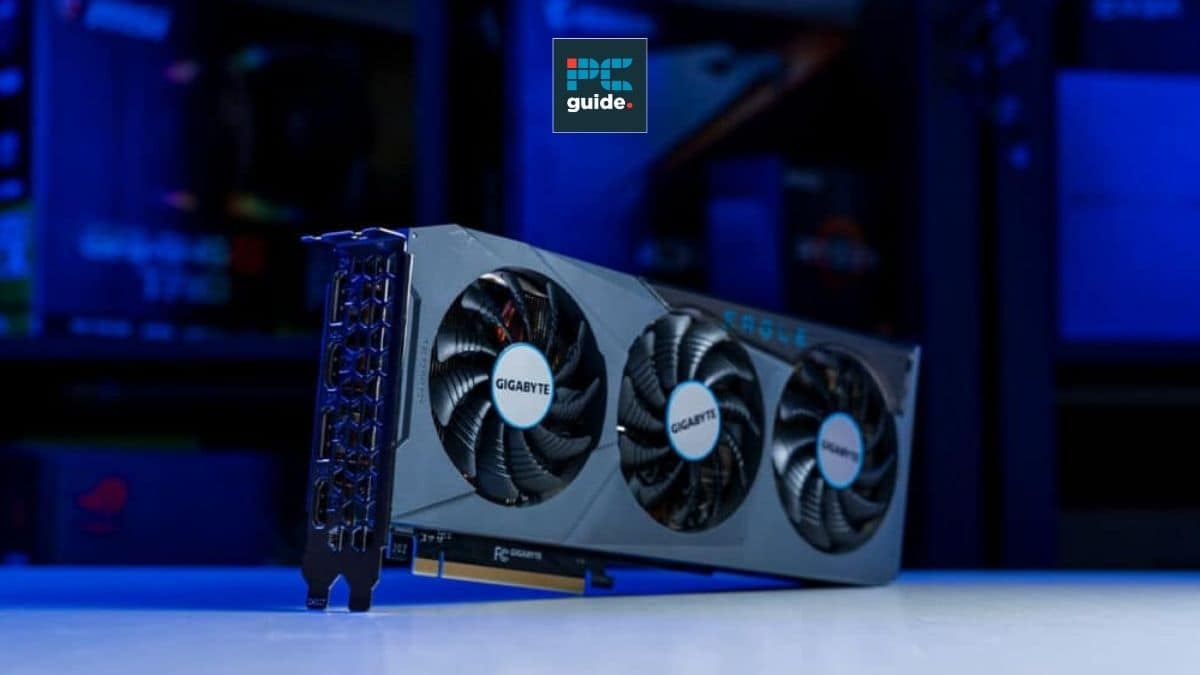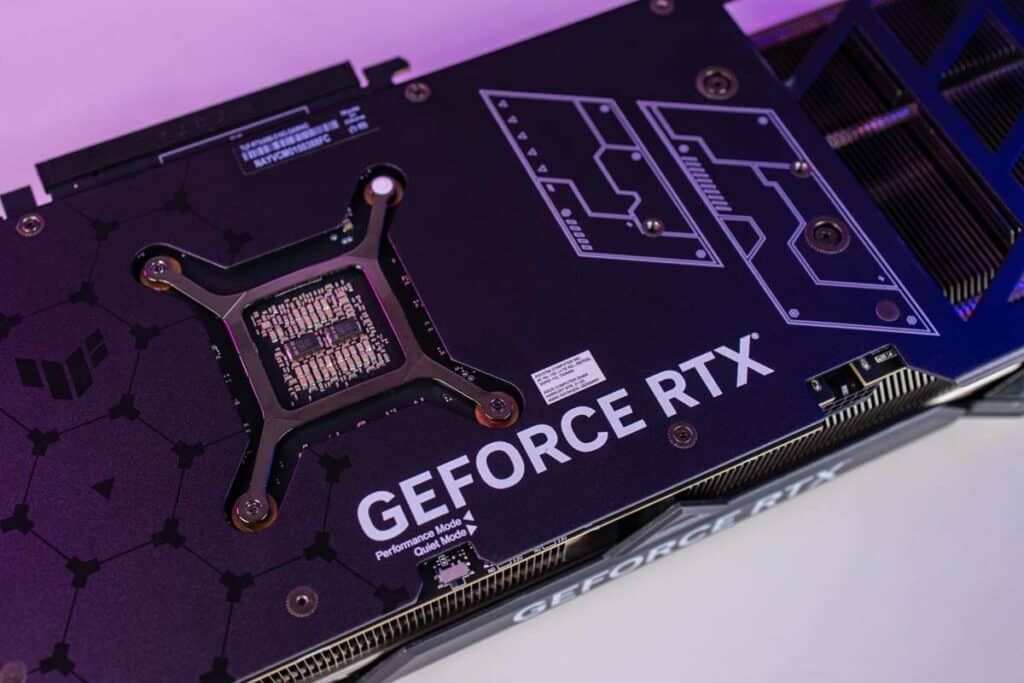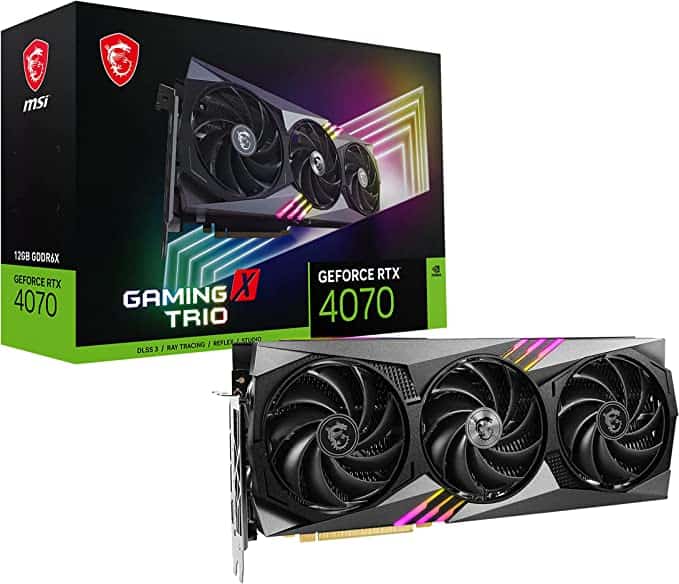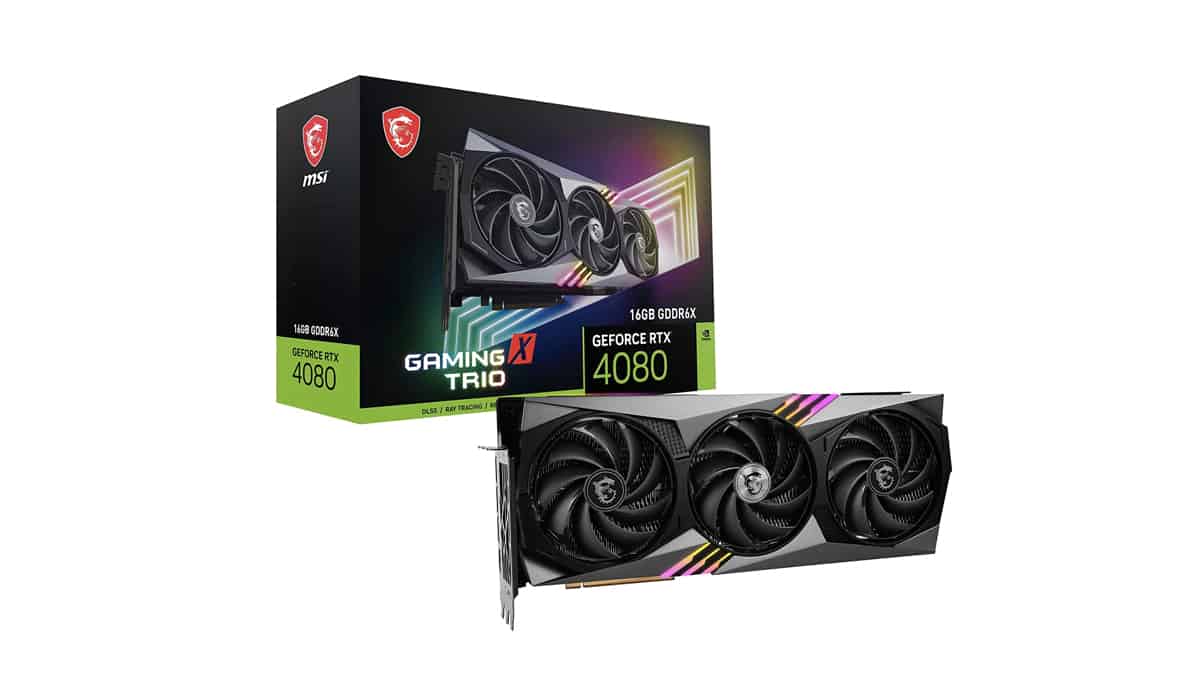RTX 4070 vs RTX 4080 – Are they still worth it?

Table of Contents
Having fully established themselves in the current marketplace, it’s about time we take a look at the RTX 4070 vs RTX 4080. We’ll take a look at several key indicators that will determine which graphics card comes out with the win. For example, specs, performance metrics, and price. We have tested both these cards here so we can also provide benchmark scores and test results on your favorite games, but more on that later. Anyway, let’s get started.
Out with the old…
Both the RTX 4070 and RTX 4080 have spent over a year on the market now, meaning they are no longer the newest Nvidia GPUs. In fact, Nvidia has replaced both of these cards with the RTX 4070 Super and RTX 4080 Super. We’ve found in our tests of both of these newer cards that they perform better than both the standard RTX 4070 and RTX 4080. When you throw in the fact the Super cards cost the same, and in some cases cheaper, as the ones they replace, it becomes pretty hard to recommend the older non-Super variants.
RTX 4070 vs RTX 4080 – Price
One of the major differences you will notice when considering these cards is price. While we would much prefer to stick to 1v1 on performance, it is unfortunately a major and undeniable factor in this debate. According to BestValueGPU, the RTX 4070 is currently retailing for around $530 – a drop from its initial $599 launch price. This is a solid price for a mid-range GPU, especially for one that is no longer considered fresh and new. On the other hand, the RTX 4080 is currently selling for a retail price of $1220. A staggering jump in cost will immediately turn off most potential buyers.
Prime Day is finally here! Find all the biggest tech and PC deals below.
- Sapphire 11348-03-20G Pulse AMD Radeon™ RX 9070 XT Was $779 Now $739
- AMD Ryzen 7 7800X3D 8-Core, 16-Thread Desktop Processor Was $449 Now $341
- ASUS RTX™ 5060 OC Edition Graphics Card Was $379 Now $339
- LG 77-Inch Class OLED evo AI 4K C5 Series Smart TV Was $3,696 Now $2,796
- Intel® Core™ i7-14700K New Gaming Desktop Was $320.99 Now $274
- Lexar 2TB NM1090 w/HeatSink SSD PCIe Gen5x4 NVMe M.2 Was $281.97 Now $214.98
- Apple Watch Series 10 GPS + Cellular 42mm case Smartwatch Was $499.99 Now $379.99
- ASUS ROG Strix G16 (2025) 16" FHD, RTX 5060 gaming laptop Was $1,499.99 Now $1,274.99
- Apple iPad mini (A17 Pro): Apple Intelligence Was $499.99 Now $379.99
*Prices and savings subject to change. Click through to get the current prices.
To make matters worse for the 4080, the newer RTX 4080 Super is retailing for just $1100 – a lower price. Having already touched on the fact that the Super series provides stronger specs and performance, picking up the more expensive RTX 4080 seems rather odd at this point. To take a closer look at the difference between these two cards, head over to our RTX 4080 Super vs RTX 4080 breakdown. Overall, with a substantial price difference between these two cards, the RTX 4070 is the clear winner on this one.
RTX 4070 vs RTX 4080 – Specs and components
| Specs | Nvidia RTX 4070 | Nvidia RTX 4080 |
|---|---|---|
| Architecture | AD104 | AD103 |
| CUDA cores | 5888 | 9728 |
| VRAM | 12GB GDDR6X | 16GB GDDR6X |
| Size dimensions | 240 mm x 110 mm x 40 mm | 310 mm x 140 mm x 61 mm |
| Memory Interface Width | 192 bit | 256 bit |
| Memory bandwidth | 504.2 GB/s | 716.8 GB/s |
| Process Technology | TSMC 5nm process | TSMC 5nm process |
| Base clock speed | 1920 MHz | 2205 MHz |
| Boost clock speed | 2475 MHz | 2505 MHz |
| Graphics Card Power (TDP) | 200W | 320 W |
| Price / MSRP | $530 | $1100 |
So, with price being a huge factor in this case, surely we can expect some superior specs from the RTX 4080? For the most part, the RTX 4080 does provide a decent uptick compared with the RTX 4070, at least when putting the two against each other on paper. For example, the RTX 4080 has more CUDA cores (9728) than the RTX 4070 (5888), directly translating to more processing power for the 4080. In short, the more cores you have on your GPU, the better your graphics will be and the smoother gameplay you’ll achieve. The RTX 4080 also boasts a larger memory capacity, featuring 16GB of GDDR6X VRAM, while the RTX 4070 comes with just 12GB of GDDR6X VRAM. This difference in memory capacity will impact how well each card handles high-resolution textures and data-heavy tasks. With that being said, while the RTX 4080 may be larger here, most GPUs above 8GB will be able to handle modern titles with ease – especially at 1080p, so don’t worry too much.
Memory bandwidth is another area where the RTX 4080 pulls ahead, with a bandwidth of 716.8 GB/s compared to the RTX 4070’s 504.2 GB/s. In theory, this will allow the 4080 to move data more efficiently and contribute to its overall better performance. In the real world, our benchmark results revealed a marginal but not significant difference – at least in some games. For example, while playing CS2 at 1080p, the RTX 4070 reached 313 FPS while the RTX 4080 hit 342 FPS. This 29-frame rate difference is certainly nothing to shout about, nor does it do much to justify the hefty price difference between these two models.
One crucial aspect to consider is the difference in TDP (thermal design power) between these two cards. The RTX 4080 has a TDP of 320W, significantly higher than the RTX 4070’s 200W. This means the RTX 4080 will require more a more robust cooling mechanism and a beefier power supply to handle the increased power demands. As often is the case, a well-designed case can be equally effective for cooling here. The RTX 4080 dimensions are 310 mm x 140 mm x 61 mm. These larger designed GPUs will subsequently mean a larger case and a larger cost. The smaller RTX 4070, at just 240 mm x 110 mm x 40 mm, is more appropriate in this case. For more queries on features, head over to our GPU hub which will provide more insider knowledge on graphics cards.

RTX 4070 vs RTX 4080 – Performance and benchmarks
When it comes to performance tests, there’s a notable difference between the RTX 4070 and the RTX 4080, especially when considering ray tracing capabilities. Our judgments here are rooted in the detailed reviews conducted by our in-house experts. You can get a closer look here in the RTX 4070 review and RTX 4080 review, where you’ll find a full breakdown of performance across a variety of gaming and synthetic benchmarks. To start, based on our testing, neither of these GPUs are appropriate for native 4K. If you are wanting to play in 4K, DLSS 3.0 is an absolute must if you’re wanting the likes of Ultra settings with Ray Tracing switched on. Native 4K territory is only suited to the top-of-the-range Nvidia products; like the RTX 4090. Below you will find our benchmark test results for these GPUs:
| Games | Nvidia RTX 4070 1080p | Nvidia RTX 4080 1080p | Percentage Difference |
|---|---|---|---|
| CS2 | 313 FPS | 342 FPS | 9.3% |
| Cyberpunk 2077 | 108 FPS | 151 FPS | 40.7% |
The real game-changer for both cards is Nvidia’s DLSS technology. DLSS recovers the FPS lost due to ray tracing, especially when set to Ultra Performance mode rather than Quality mode. With DLSS enabled, the RTX 4070 can maintain a minimum FPS of 60 at 4K resolution with all settings maxed out, including ray tracing. The RTX 4080, on the other hand, comes close to maintaining a 100 fps minimum frame rate at 4K with both DLSS and ray tracing enabled.
The RTX 4080 offers superior performance, especially for those who want to enjoy ray tracing at higher resolutions. However, if your primary focus is playing AAA games at 1080p or 1440p and using your PC for office work, the RTX 4070 may be a more cost-effective choice that still delivers solid performance for your needs. To further increase the performance of these GPUs, consider pairing them with a compatible motherboard, CPU, or display monitor.
Final thoughts
The RTX 4070 is an excellent mid-range GPU, offering a good balance between price and performance for gamers and content creators who are both budget-conscious and not looking to push their cards to the limit. It’s perfect for those who plan on playing AAA games at 1080p or 1440p resolutions and need a reliable GPU for everyday tasks. Yes, RTX 4080 has superior specs from a purely numerical standpoint, but our benchmark testing shows that while the performance can increase up to 9% in CS2 and 40% in games like Cyberpunk 2077, the price increase is well over double.
Additionally, with the introduction of the Nvidia Super series cards, the RTX 4070 and RTX 4080 are both left behind in terms of value for money. So while you may go for the RTX 4070 in this comparison, we do recommend checking out the RTX 4070 Super and RTX 4080 Super if you want to take your gaming and your money further. For more graphics cards options, check out our best graphics cards, where we’ve hand-picked the top offerings from Nvidia, AMD and Intel.



